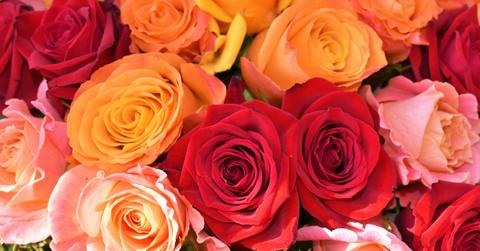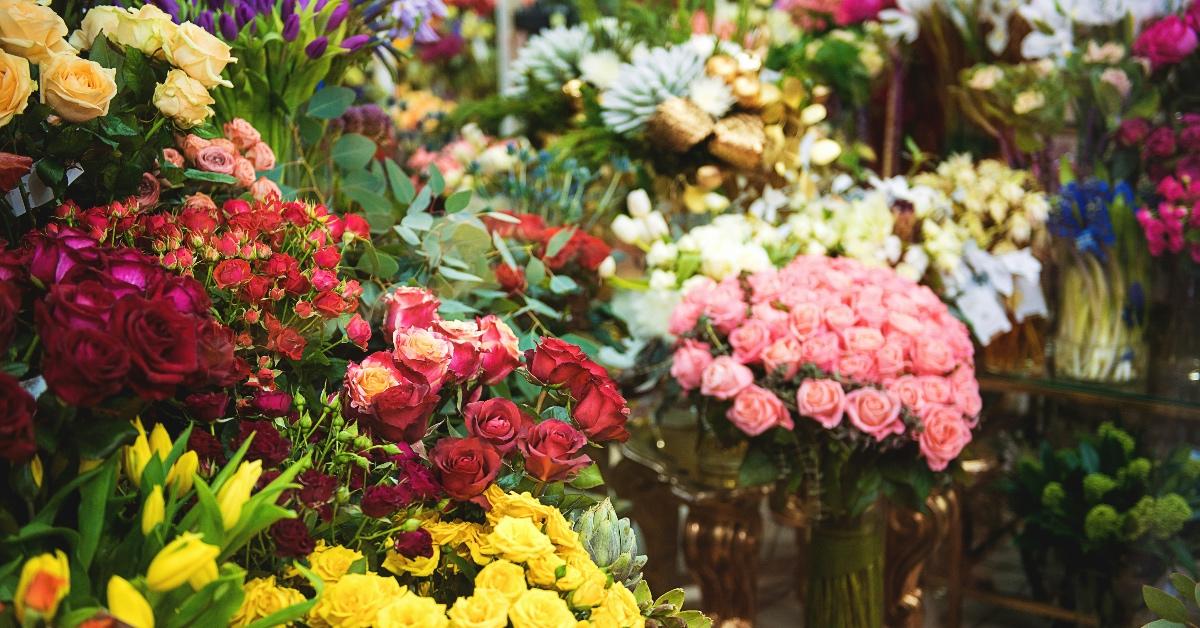Here's Exactly How Much Waste Americans Produce for Valentine's Day Every Year
You won't believe these numbers.
Published Feb. 12 2025, 4:10 p.m. ET
When you think of Valentine's Day, you probably think of lush bouquets, delicious chocolate treats, and fuzzy teddy bears. While many sentimental people will treasure the gifts they receive on Valentine's Day forever, there is an ugly side to this sweet holiday: the tons of waste generated.
While we always encourage consumers to pick eco-friendly options for Valentine's Day gifts, what happens to the dead flowers, plastic bags, rubber bands, and other tiny details from the holiday? Keep reading for everything you need to know.
Valentine's Day annually generates over 7.6 million square meters of plastic waste in America.
According to data sent to Green Matters from BusinessWaste.com, a waste collection company, the total waste dumped annually in the United States is over 7.6 million square meters of plastic waste — that's enough to cover 800 blocks!
Where does this waste come from? BusinessWaste further notes that on Valentine's Day, consumers purchase roughly 56.8 million bouquets. These bouquets are often wrapped in plastic and contain plant food packets also made of plastic.
The other wasteful aspect of Valentine's bouquets you might not notice right away is the rubber bands used to hold the bouquets together. These, too, are problematic, sending 56.8 million rubber bands to the garbage.
Bouquets aren't the sole reason for waste on Valentine's Day. The waste collection company also cites 145 million cards exchanged and 35 million heart-shaped boxes sold.
Depending on the types of cards and boxes, it would be easier to recycle or reuse these products — but sadly, not everyone thinks of the environment when they purchase these products to excess.
What can you do to stop waste this Valentine's Day?
Thankfully, there are some easy solutions for those who want to reduce excess waste on Valentine's Day. First and foremost, you could try upcycled faux flowers or a sustainable flower delivery company. You could also stick to buying local flowers or make your own.
As far as chocolate goes, stick to Fair Trade-certified chocolate, which guarantees that your cacao hasn't been harvested by corporations using slave or child labor.
If you and your partner are indulging in some bubbly, you can always choose a sustainable alcoholic beverage. Similarly, if you're buying jewelry for your special someone, there are plenty of sustainable jewelry brands cutting out harmful mining practices and still delivering a perfect sparkle.
Finally, instead of a physical gift, why not give the gift of an experience? Instead of a trinket that may sit in a drawer for years, you and your person can make new memories with a fun experience like checking out an art museum or seeing a play.


